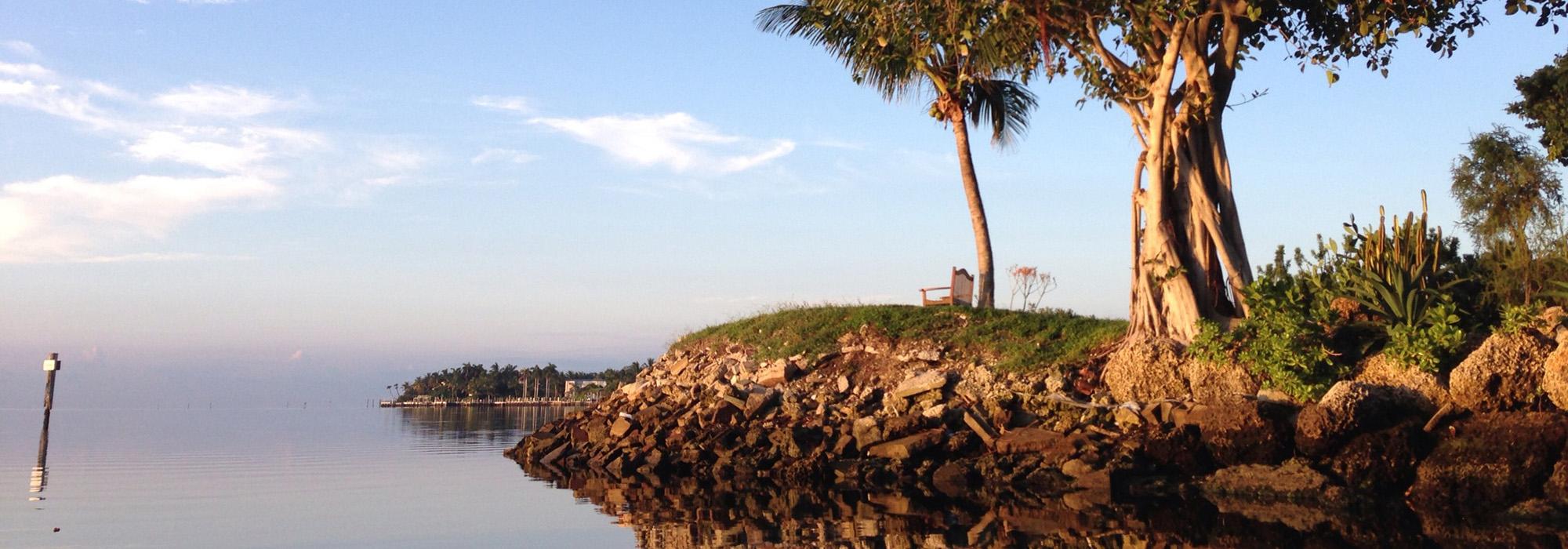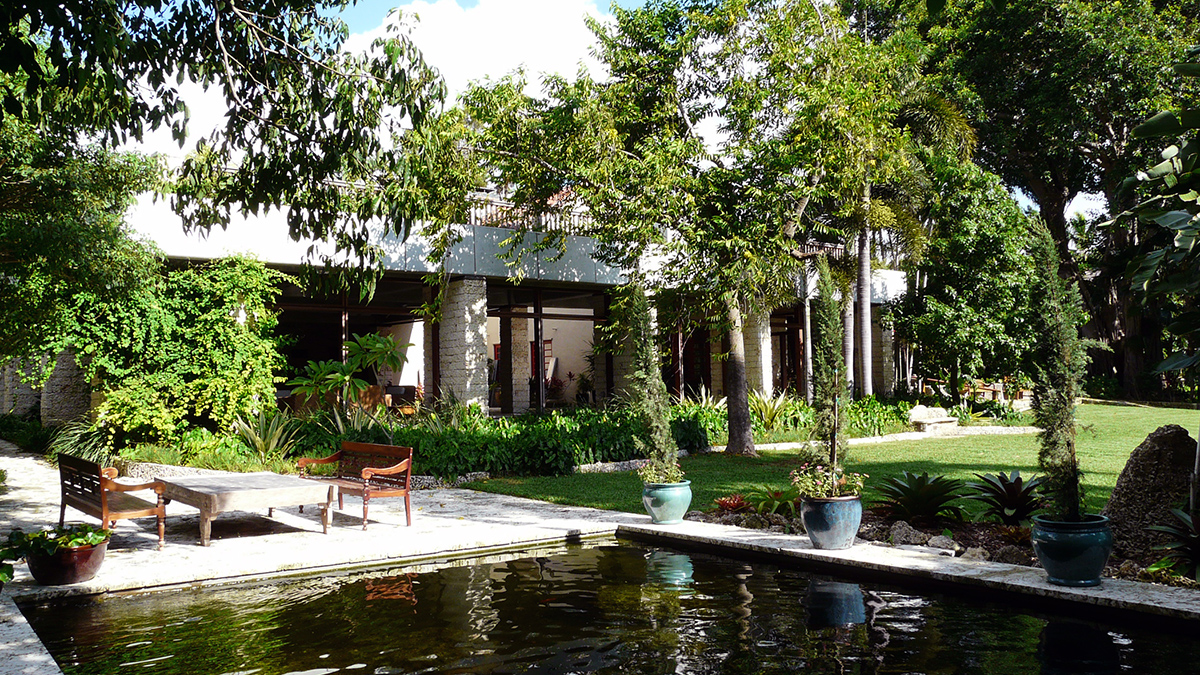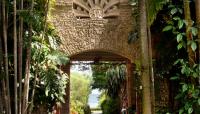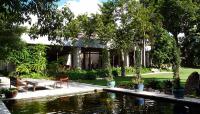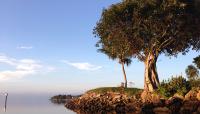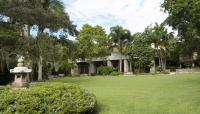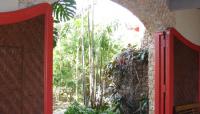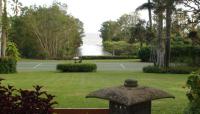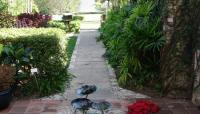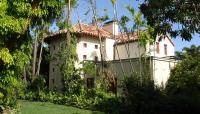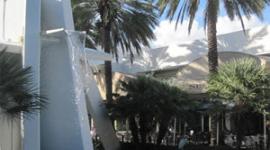Landscape Information
Begun in 1916 as a personal collection of commercially-valuable tropical plants, this 11.5-acre estate was the experimental garden of botanist Dr. David G. Fairchild, founder of the U.S. Department of Agriculture’s Office of Foreign Seed and Plant Introduction.
The Kampong, named for the Javanese word meaning “village,” includes a house and compound designed in 1928 by architect Edward Clarence Dean. Following Dr. Fairchild's passing in 1954, his widow Marian remained on the property until her death in 1963, when it was purchased by horticulturist Dr. Catherine H. Sweeney. Sweeney expanded and preserved the collection, and in 1984 donated the property to what is now the National Tropical Botanical Garden. The organization later bought the adjacent property to expand the collection and protect the Kampong from encroachment.
Situated on the edge of Biscayne Bay, the Kampong is secluded from outside view by surrounding mangrove forests and canopy trees. It is oriented towards the water, with a long manicured lawn and views of the bay framed by elaborately carved wooden gates. The plantings still reflect the style that Fairchild embraced— small-scale groupings of diverse and sustainable plants. The gardens are accented by Asian-inspired stone lanterns, wooden benches, oolitic limestone paths, and low coral stone walls and borders. The living collection includes 23 cultivars of avocado and 65 mango varieties as well as tamarind, baobab, wild citrus, black bamboo, and numerous other tropical and subtropical plants. In 1984 the property was listed in the National Register of Historic Places.



